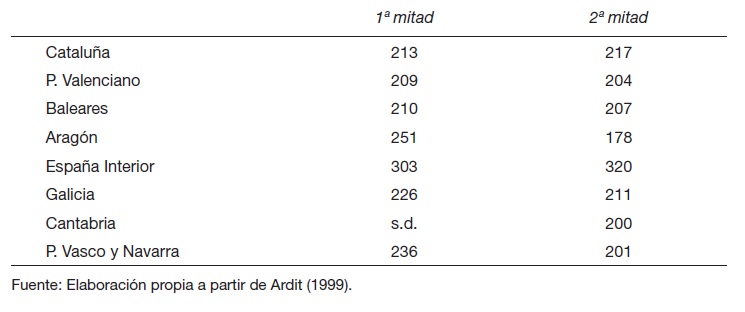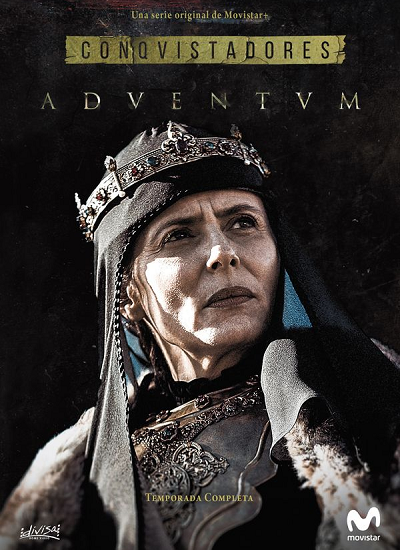From the end of the medieval period, the power accumulated by the monarch allowed him to create a series of armies that were far removed from institutional channels but always loyal to his orders. These troops were loyal to the monarch, but they also required an extra cost to sustain themselves, which in practice materialised in an increase in the tax burden on the population, in an attempt to balance the always complex balance between monetary income and expenditure.
For the Castilian Hispanic Monarchy, this particular army was the guards of Castile, paid for thanks to the role of international banking and the extraordinary rents obtained by the crown. From the end of the 15th century, the army was essentially paid through obligados, people who advanced a large sum of money in exchange for a continuous salary, until the amount was paid off. This financial tool was of great use to the crown, but at the same time it meant that credit had to be kept in constant movement. Thanks to the resource, we can see the monthly fluctuation in the king’s liquidity, and therefore, of credit in Castile. The figures are more or less stable, but suffer large ups and downs in the central summer months and from September to November.
Collection: Graphics
Project: 6. Under a cloak of terror: violence and armed conflict in Europe.
Chronology: XVI
Scope: Secondary Education, Baccalaureate, University, Postgraduate
Link: http://www.tiemposmodernos.org/tm3/index.php/tm/article/view/23
Resource type: Graph
Format: Bar chart
Source: Alonso, D. (2003). "Dinero en Castilla. Notas sobre el pago de las guardas en 1523", en Tiempos modernos, nº 8, p. 7.
Language: Spanish
Date: 2003
Owner: Roberto José Alcalde López (Modernalia)
Copyright: ©Tiempos Modernos ©David Alonso García
Abstract: Graph showing the evolution of Castilian guard payments in 1523 and 1524
Tags







